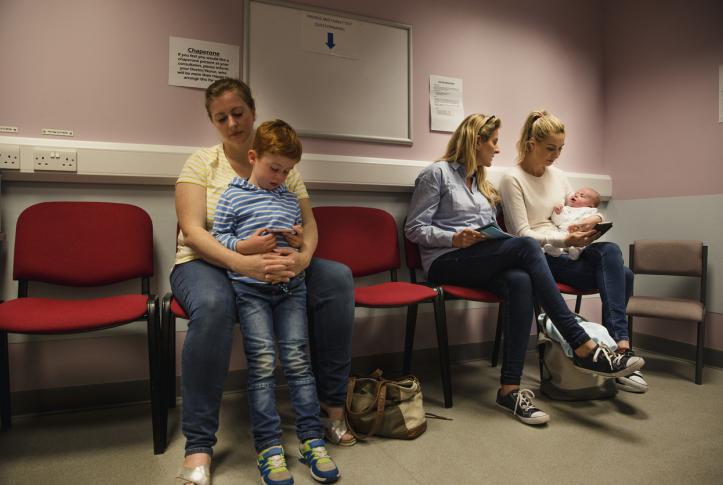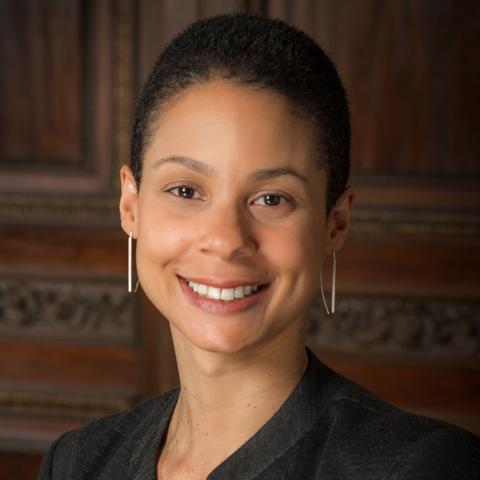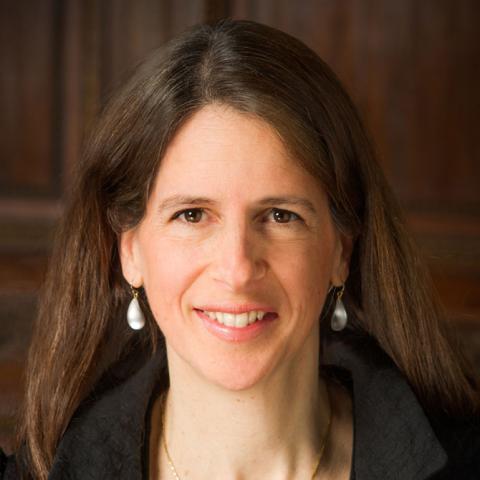This comprehensive, high-quality care is also provided to patients at a lower total cost compared to other practices. The total cost of care for community health center patients, which includes the cost of services outside the health center, is nearly 20 percent lower than that of patients served in independent physician practices or outpatient clinics. Controlling the cost of health care is a top priority for federal, state, and family budgets, and community health centers may provide a path toward reducing health care spending more broadly.
Moreover, a 2015 Commonwealth Fund survey of primary care providers found that 86 percent of providers working in community health centers were satisfied with their medical practice. Additionally, patients are happy with their care: 73 percent of patients using community health centers as their regular doctor or source of care feel it is of high quality, according to the 2016 Commonwealth Fund Biennial Survey.
Federal Funding Is Critical
Increased federal funding, as well as the coverage expansions under the Affordable Care Act, have allowed community health centers to expand, diversify services, and provide high-quality care to their patients. As the 2013 Commonwealth Fund Survey of community health centers revealed, continued government funding is critical as the centers address ongoing challenges like filling physician shortages, expanding behavioral health services, and meeting the increased demand for care. The billions in funding losses that would result from Congress’s failure to renew the Community Health Center Fund would result in millions no longer able to access care, a loss of jobs for many others, and substantial barriers to community health centers’ ability to continue these critical improvements.
* All data are from the National Association of Community Health Centers June 2017 Chartbook unless otherwise noted.






